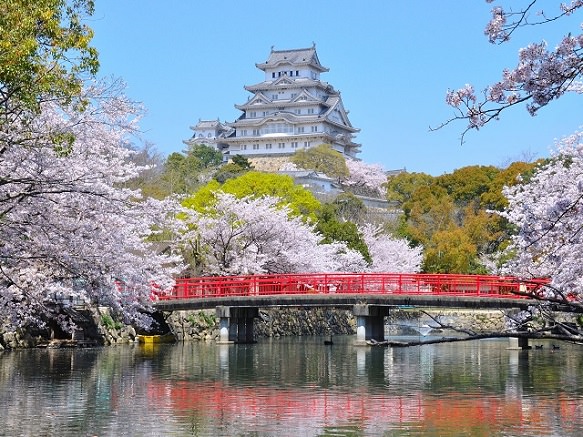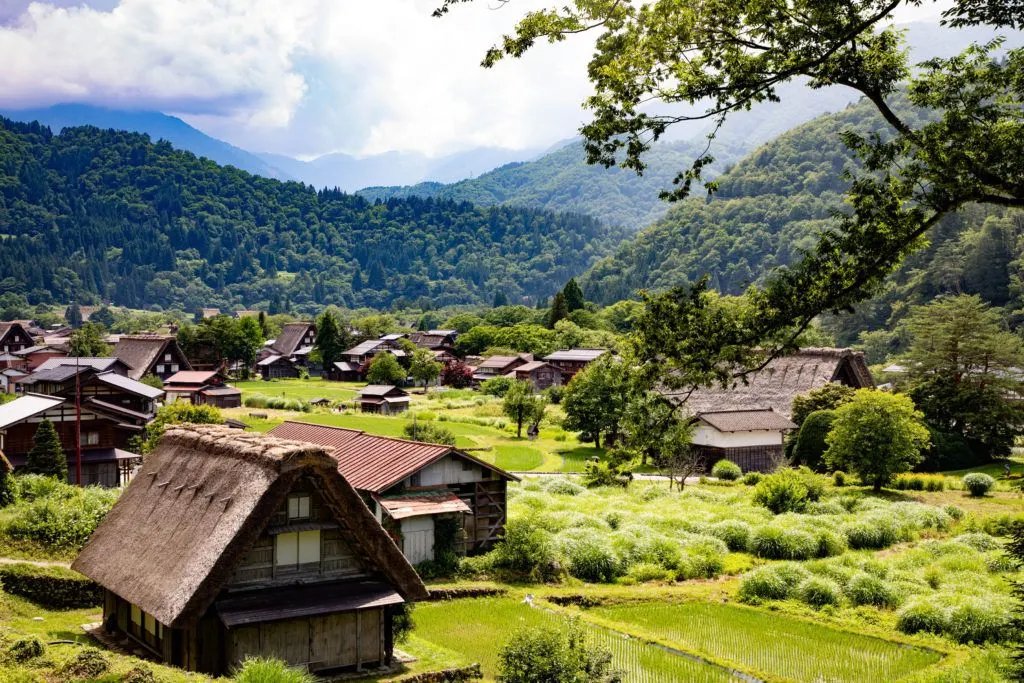Japan’s cultural heritage is a captivating journey through centuries of history, artistry, and spiritual tradition. From ancient temples and castles to historic towns, the country’s cultural sites reflect the craftsmanship and cultural expression that have shaped Japan over generations. Among these treasures, Japan is home to 25 UNESCO World Heritage Sites, including natural wonders like Yakushima Island and cultural marvels such as Kyoto’s temples and Nara’s Buddhist monuments. Many of these sites are accessible through fixed tours, which offer a structured way to explore the rich history and beauty of Japan.

Choosing a fixed tour for cultural exploration comes with unique advantages. Expert guides bring the stories behind shrines, temples, and monuments to life, offering insights that go far beyond what you’ll find in guidebooks. Structured itineraries ensure you cover multiple sites efficiently, saving time on transportation and logistics, while letting you immerse yourself in the culture from Tokyo to Hiroshima. Among the must-see destinations, Kyoto stands out as Japan’s spiritual heart, where historic monuments like Kinkaku-ji, Kiyomizu-Dera Temple, and the Gion district can be experienced in depth through guided walks and cultural performances.
➡ Featured Route By KG Trip: Osaka/Kyoto – Kyoto and Uji UNESCO World Heritages Bus Tour
Discover the rich tapestry of Japanese heritage in Kyoto and Uji on a curated day trip. This tour includes:
- Kinkaku-ji (Golden Pavilion Temple)
- Kiyomizu-dera Temple
- Ninenzaka historic district
- Byodo-in Temple in Uji, is another UNESCO gem famous for its Phoenix Hall and tranquil gardens.
This tour is ideal for travelers based in Osaka or Kyoto, combining efficiency with deep cultural immersion.
Nara’s Buddhist Monuments
Nara is home to Todai-ji Temple, housing one of the world’s largest bronze Buddhas, and Kasuga Taisha, a shrine known for its lantern-lit paths. Tours typically combine these with local deer park visits.
Himeji Castle – The White Heron
A brilliant white feudal-era castle that survived WWII bombings, Himeji Castle is a must-visit for history lovers. Fixed tours include skip-the-line access and storytelling from feudal Japan.

Hiroshima Peace Memorial (Genbaku Dome)
A somber yet essential site, the Genbaku Dome is preserved from the 1945 atomic blast. Fixed tours often pair this with the Peace Memorial Museum and a ferry ride to Miyajima Island.
Shirakawa-go – Thatched Roof Villages
This rural UNESCO-listed village showcases gassho-zukuri farmhouses, offering a glimpse into old Japan. Some tours even include overnight stays in these unique dwellings.

Hidden Cultural Gems on Fixed Tours
- Kumano Kodo Pilgrimage Routes – Guided hikes through sacred mountains with temple stays.
- Nikko’s Shrines and Temples – Colorful, wooded sanctuaries like Toshogu Shrine near Tokyo.
- Gokayama Villages – A secluded version of Shirakawa-go with fewer tourists.
Traditional Japanese Architecture You’ll Encounter
- Pagodas and Castles – See tiered Buddhist pagodas and iconic black-and-white castles.
- Wooden Temples and Tea Houses – Built using ancient techniques without nails.
- Zen Gardens and Torii Gates – Iconic red gates at shrines like Fushimi Inari, and peaceful dry rock gardens.

Cultural Performances and Ceremonies Included in Tours
- Geisha Performances and Tea Ceremonies – Often part of Kyoto’s cultural packages.
- Noh and Kabuki Theater – Traditional stage arts included in evening programs.
- Samurai and Ninja Shows – Historical demonstrations in Kyoto or Iga Ueno.
Seasonal Fixed Tours for Cultural Experiences
- Cherry Blossom and Autumn Foliage Tours – Spring hanami picnics and fiery temple walks in fall.
- New Year and Summer Festival Tours – Gion Matsuri and shrine visits deepen your cultural experience.
Educational Benefits of a Fixed Cultural Tour
Storytelling by Licensed Guides
Engaging guides turn old stones and wood into living history through anecdotes, symbolism, and context.
Interactive Workshops and Activities
Many cultural fixed tours include hands-on experiences like:
- Calligraphy
- Origami
- Sake brewing
- Kimono wearing
These are both fun and educational, offering direct insight into Japanese tradition.
How to Maximize Your Visit to Heritage Sites
Proper Etiquette at Sacred Places
- Bow before entering shrines or temples
- Wash hands at purification fountains
- Avoid loud conversations or selfies in sacred spaces
What to Wear and Bring
- Comfortable shoes and modest clothing
- Light jacket, sunscreen, and water bottle
- Always carry cash for small vendors
Comparing Cultural Tours vs. General Sightseeing Tours
Depth vs. Breadth of Experience
General tours give a broad overview. Cultural tours dive deep into spirituality, architecture, and customs.
Cultural Immersion Value
From tea rituals to talking with monks, heritage tours focus on meaningful interactions.
FAQs
1. Can I take pictures at cultural sites?
Yes, but avoid photography inside sacred buildings unless permitted.
2. Are tours available in languages other than English?
Yes, some tours offer Chinese and Korean options.
3. Will I have time to explore independently?
Most fixed tours are built in free time, especially in cultural towns.
4. Are children welcome on cultural tours?
Yes, though some activities may suit older children better.
5. Are meals included in the packages?
It can be adjusted according to different packages
Conclusion
Traveling through Japan on a fixed cultural tour offers a rare opportunity to go beyond sightseeing and into the heart of what makes the country unique. From towering temples and ancient pathways to living traditions and artisan workshops, cultural tours reveal stories that connect the past to the present.
Whether you're a first-time visitor or a returning enthusiast, this immersive approach—especially through routes like our Kyoto and Uji UNESCO World Heritages Bus Tour—ensures an unforgettable journey through Japan’s rich heritage.


























0 comments